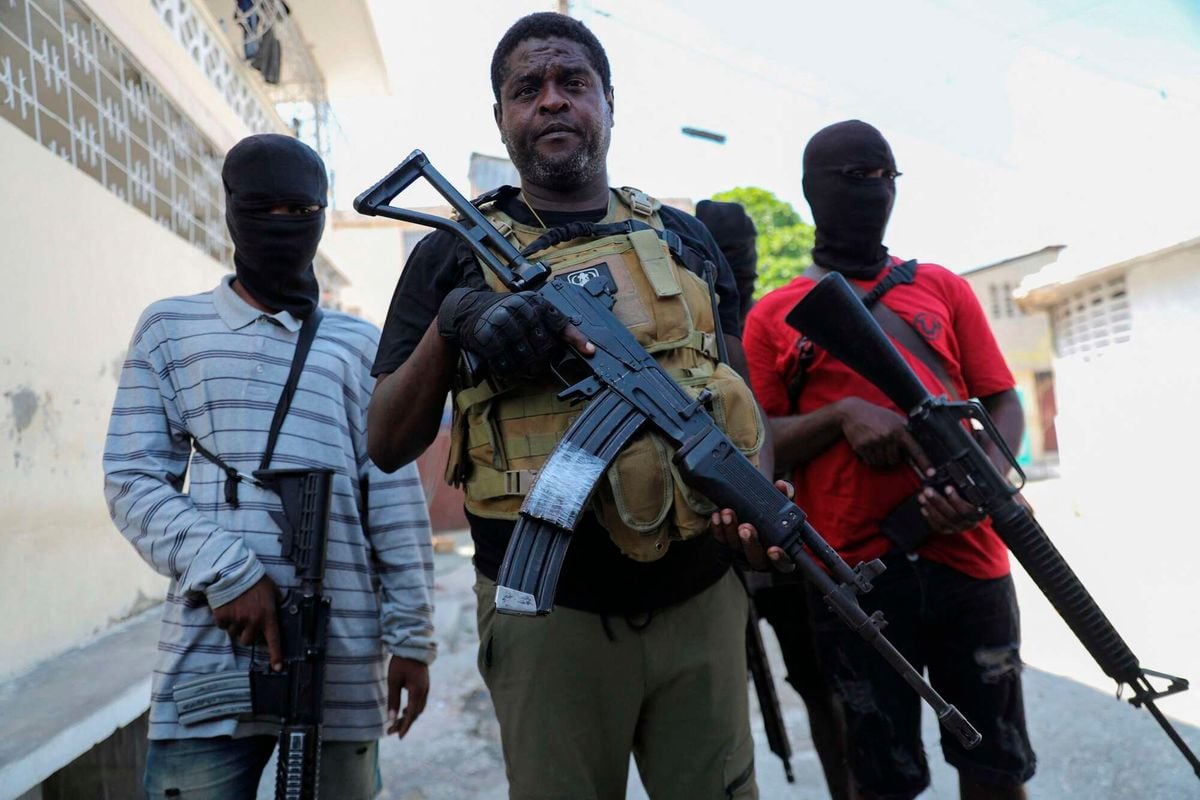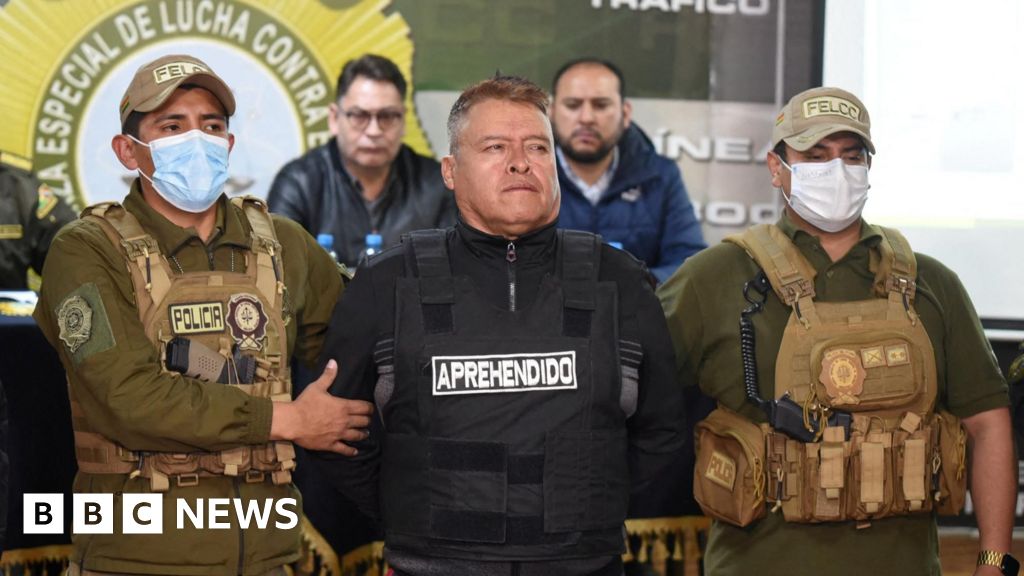The convoy included 21 children, most of whom are cancer patients, said Mohammed Zaqout, the head of Gaza’s hospital network.
“They are at risk of death due to a lack of treatment and necessary health care,” he said at a news conference outside Nasser Hospital in Khan Younis, a city in southern Gaza.
GET CAUGHT UP
Stories to keep you informed
Humanitarian groups said they hope the evacuation — from Gaza to Israel’s Kerem Shalom crossing and onward to Egypt — will pave the way for a new route for critically ill and wounded Palestinians seeking medical care abroad. But it remained unclear exactly where the patients will be treated and whether Israeli authorities were planning for more evacuees.
“We are so happy, but we don’t know the next step,” Souad al-Qanou, 26, said via WhatsApp. She left Gaza with her two sons, 8-year-old Ahmed and Amjad, who is 6. Ahmed suffers from testicular cancer and Amjad, who has a kidney condition, is malnourished from the war.
“We still worry,” she said Thursday as they made their way to Egypt. “And hope they can do anything to save our kids.”
Israel seized the Rafah crossing last month as it prepared for a wider offensive in the city. Officials said the operation was necessary to stamp out Hamas, which attacked Israel on Oct. 7, killing around 1,200 people and abducting more than 250 others.
Since then, the Israeli military has destroyed much of Gaza, in a war that has killed more than 37,000 people, according to the Gaza Health Ministry, which does not distinguish between civilians and combatants but says the majority of the dead are women and children.
The Rafah terminal was the only way out for sick or injured Palestinians. Some needing specialized care, including chemotherapy, have already died while waiting for permission to seek treatment abroad. As of May 7, when the crossing closed, 4,895 Palestinians had been medically evacuated, according to data from the World Health Organization.
Now, the WHO estimates at least 10,000 people need to be medevaced from the territory, according to Rik Peeperkorn, the organization’s representative for the West Bank and Gaza.
“And that is an underestimation,” he said at a news conference Wednesday. “We need all routes to make this happen. And that is why we plead, we request to open the Rafah crossing and make sure there can be organized medevac into Egypt.”
Israel, Egypt and the United States started talks to reopen Rafah, which is also vital for aid deliveries. But so far, little progress has been made and the fighting has left the crossing damaged and burned.
Access to Kerem Shalom also remains difficult, and COGAT, the Israeli Defense Ministry unit responsible for civilian affairs in Gaza, did not respond when asked whether it intended to allow more Palestinians to leave through the crossing.
Kerem Shalom, on the Israel-Gaza border about 2½ miles east of Rafah, was built for the movement of goods, not people. And unpredictable fighting and the looting of aid trucks are hindering access on the Gaza side, relief groups say.
Israel should have “already made plans for this kind of thing,” before the military invaded Rafah, said Tania Hary, director of the Israeli rights group Gisha, which advocates for the freedom of movement of Palestinians in Gaza.
She called it an “unbelievable state of affairs,” but also said the evacuation Thursday was “sort of a test run to see how a mechanism like this might work.”
Once the group of patients was approved, the journey took days to complete, according to those who traveled with the children. It started with a phone call to some families late Saturday in northern Gaza, telling them to prepare to leave for the southern part of the territory, where they would meet with the other patients at Nasser Hospital in Khan Younis.
The WHO coordinated their movement, but on Sunday, as they traveled south, Israeli soldiers stopped the convoy for several hours at a checkpoint, according to Qanou and two other mothers accompanying their children. They finally reached Nasser Hospital, expecting to leave the next day. But days and nights passed and they ended up sleeping on blankets on the hospital floor.
“Since the first day of the war, I have been trying to get her out of the Gaza Strip, and every time my attempts fail,” Samira Al-Saidi, 23, said Sunday of her 6-year-old daughter, Juri, who has cancer. “I do not wish any mother in the world to experience the feelings that I am experiencing now. Every day I see her health condition deteriorating.”
On late Wednesday, the group was told it would be leaving the next morning. The journey would ultimately take all day, according to Qanou, who said they weren’t fed until they reached Egypt in the evening, where authorities said they would be transferred to a hospital in Al-Arish in the Sinai Peninsula.
“The way patients are leaving is difficult and complicated,” said Zaqout, the Gaza health official. “This method has not and will not be an alternative to the Rafah crossing.”
Harb reported from London.
Credit: Source link









